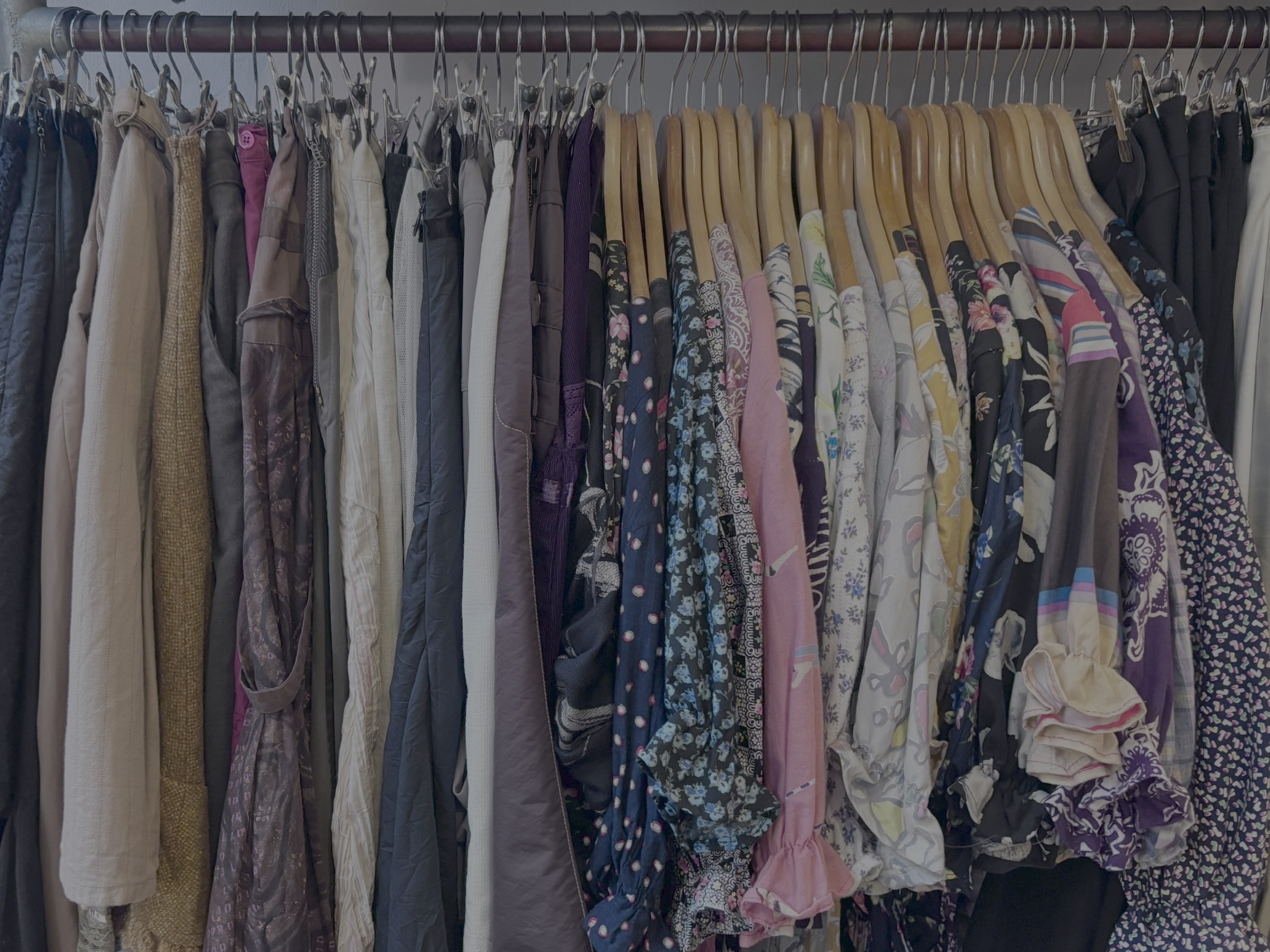Women with autism are finding it harder to get a diagnosis due to a male bias in the methods used, according to a psychology expert.
The ratio of autistic males to females is estimated at 3:1, but a “big gender disparity” and “disproportionate research funding” is causing problems with female diagnosis, says Dr Gray Atherton, a psychology researcher at the University of Plymouth.
There are 50 questions or statements in the Autism Spectrum Quotient (AQ) for adults which is used in screening and published by the Autism Research Centre in Cambridge. These include ‘I am fascinated by numbers’ and ‘I don’t particularly enjoy reading fiction’. In the Autism Spectrum Screening Questionnaire for children, one question asks if you ‘lack empathy’.
Yiqing Zhong, 27, a postgraduate student at University College London who got her autism diagnosis last year, believes the Autism Spectrum Quotient makes it more difficult for women to get a diagnosis.
She explained: “People will assume that autistic people are very sensitive to numbers or maths, but I’m not. I’m super insensitive to that. For a lot of autistic females, they may be more interested in art or literature.”

Ms Zhong added that she has relatively good social mimicry skills and strong empathy ability. She said: “So I was worried before I went to my GP. I was afraid that they wouldn’t believe me and wouldn’t refer me because I don’t show the typical symptoms associated with autism or anything like that. I even made slides about my traits to convince them.”
“It’s just so hard for women to get a diagnosis. Females and males present very differently in terms of autism, but autism scale development is actually still based on males, which women can’t fit into. This leads to more invisible autism in females.
“It is highly possible for women, especially women like me, who can find a job, who can succeed in their degree and who look like a normal person, to get refused by their GPs because they would think you’re not serious enough to get referred.
“This made it more difficult for autistic females to be understood and to be seen by society. Thus, it would make women feel more ashamed to express themselves and to justify their autism.”
‘Standardised on largely male samples’
Dr Atherton suggested that many of the instruments used to diagnose autistic people were “standardised on largely male samples”.
She said: “There’s a big gender disparity that a lot of people know about in autism. Males are much more likely to receive a diagnosis.”
Dr Atherton believes that, in general, males are less likely to mask, and thus it is easier for them to be noticed and diagnosed with autism. Females are more likely to be taught from a very early age to mask their autistic traits.
“I was always told to be polite, be kind, be nice and be all of these very pro-social things as a little girl, that might make me hide certain aspects of myself that might not be accepted. Because of this disparity in the socialisation of males and females, people like parents, teachers and medical professionals are less likely to associate autism with females,” she said.

Dr Atherton also suggested that women who were diagnosed later in life reported higher levels of autistic traits based on her research.
“It was a lot harder for women to get diagnosed late in life because they didn’t get that recognition earlier in their life. I think it has a tremendous impact on women. When they are missed for a diagnosis, it leads to a lot of stress, insecurity, and an increased risk of masking and camouflaging. These are really pressing issues.”
Disproportionate research funding in gender bias
The latest report from NHS announced that Small Business Research Initiative (SBRI) Healthcare has invested over £900,000 in research about autism and learning disability, but Dr Atherton suggested that there is not enough research funding for studying gender bias in autism.
She said: “In my experience as an autism researcher and being familiar with the funding landscape, I don’t think enough money goes to topics like this (gender disparity).
“I think that when you are competing for funding, and you present a topic like this (gender bias), it is a bit harder to get funding. In a sense, a lot of autism research money goes to other things.”
Dr Atherton suggested that a significant amount of funding would go into topics like the genetic or biological basis of autism.
She added: “Considering what we do know about the proportion of money that goes to different topics within autism, not enough funding is going towards gender bias.”
“I think that we need to divert a lot more funding and research resources towards reducing the gender disparity in autism…including providing extracurricular opportunities for specifically autistic females,” Dr Atherton added.




